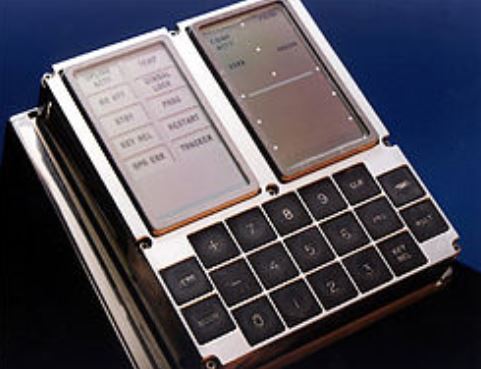
It won’t be a stretch to say that over 90% of the people reading this would be doing so on a smartphone. A five to six-inch-long slab of plastic, metal or glass with a brightly lit coloured glass screen, people use it to watch content, browse the internet, chat with their friends and family, interact with people all around the globe and also sometimes use it to make phone calls. But have you ever wondered how did this intelligent slab of plastic, metal or glass make its way to your pocket?
How about a fact to give you an idea about just how powerful this device which you have in your hand is? The Apollo 11 spacecraft was powered by a computer which was called the Apollo Guidance Computer (AGC), the AGC had had 2048 words of memory which could be used to store “temporary results” i.e. data that is lost when there is no power. This type of memory is referred to as RAM. Which means that it had 4 kilobytes of RAM memory, along with this it had 72kb of ROM, i.e. the basic permanent storage to put that into perspective, an average smartphone in today’s day and age has 4GB of RAM and 64GB of ROM. Not to start up a numerical attack but those numbers make an average smartphone more than a million times more powerful in terms of RAM and ROM, can you believe that? Technology which is a million times more powerful than that which put Man on the moon rests casually in your hand.
But this obviously didn’t happen in a day. In 1992, IBM released the IBM SIMON, this device is widely considered to be the first smartphone. The basic idea behind this device was to combine a PERSONAL DIGITAL ASSISTANT (PDA) and a Telephone to create a device which could fit into people’s pockets. It featured many applications including a calendar, appointment scheduler, calculator, world time clock, electronic notepad, handwritten annotations, and standard and predictive stylus input screen keyboards. In 1996 Nokia entered the market with the NOKIA 9000 communicator, it featured a clam-shell design which hid a qwerty style keyboard, this device is considered to be the first main stream smartphone. As years progressed, more and more companies entered the segment and as more and more players entered, they brought in something new from their side so as to offer a better more competitive product to the consumer, which resulted in the smartphones becoming more and more powerful. Smartphones could now send and receive emails as well. Come 2006 smartphones had started to become important and essential parts of our lives, in 2006 Blackberry had a stronghold over the market, and had earned the nickname “crackberry” thanks to the addictive nature of the device. Their devices had a signature QWERTY keyboard for fast typing and also had an end-to-end encrypted messaging service known as BBM, these features made the phones highly appealing to businessmen.
However, everything changed in 2007. When Steve Jobs went on stage and gave the world it’s first iPhone, the world leaped forward many years in one evening, a captivating colour display, speakers, cameras, minimal amount of physical buttons and an entirely touch based interface. This was the phone that everyone wanted. Although when we look back this 3inch device might not impress us because of used to we are of today’s huge, RAM junky smartphones but that iPhone is the prototype for every smartphone that followed.
Today more or less every smartphone has a similar design i.e.,a 5-6 inch display panel, a small notch or a punch hole for the front camera, a 16-48MP triple or quad camera set up on the back with an average of 4GB RAM and 64GB ROM this design works and that’s why it’s used. However arriving to this design has not been a day’s work, important Smartphones have come and have contributed in various ways, be it in the way phones looked or in the way they are priced.
Some important Smartphones of the past decade (2010-2019):
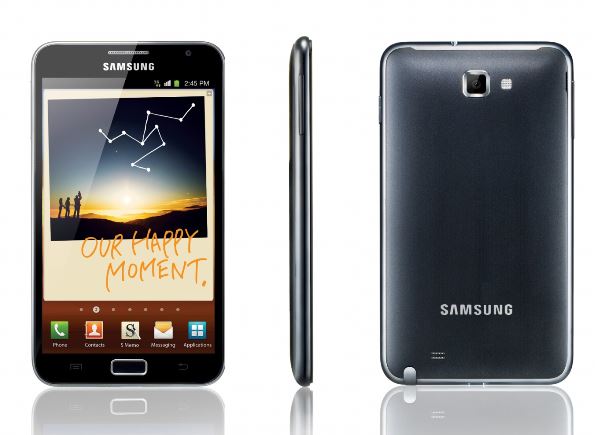
The Galaxy Note (2011): Phones back then didn’t really have impressive screen real estate to show off but that changed in 2011 when Samsung threw in the first Galaxy Note into play, with a 5.3inch screen which was enormous by the standards of that time, it had a stylus known as the “S pen” which made doodling, sketching and taking notes on screen easier than ever, also thanks to it’s huge display watching videos on your phone was now a pleasurable experience as well. The Note had changed the whole smartphone experience entirely.
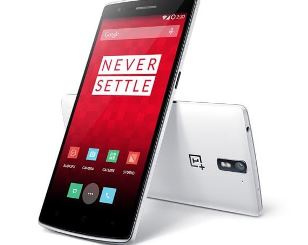
The OnePlus One (2014): The OnePlus One was another phone that shook the market up entirely and termed as a “flagship killer” it created a whole new segment, “the budget flagships” starting at just 299$ the phone created waves, offering a premium user experience, with a flagship grade processor. Today however the company has moved away from being a flagship killer and has rather transformed into a flagship itself
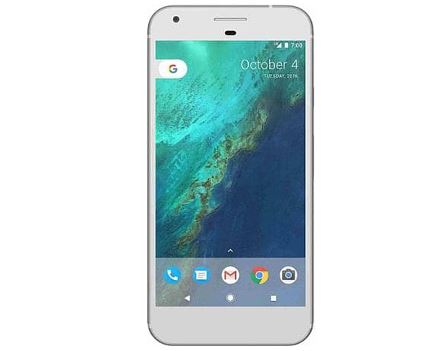
Google Pixel (2016): In 2016 Google took matters into their own hands and rather than collaborating with another company to manufacture their phones, Google decided to do it all by themselves and released the Pixel. As evident from it’s name the phone’s USP was it’s camera, without using exceptional or extreme hardware Google had made the smartphone camera unbelievably good, simply by optimizing software. This again shook the market up.
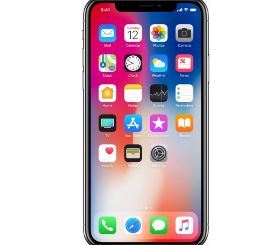
iPhone X (2017): Welcome to the land of no bezels. No the iPhone X was not the first phone with a bezel-less design, neither was the iPhone 5s the first phone with touch ID and nor was the iPhone 7 the first phone without a headphone jack, but as it is said, things happen in the smartphone world when Apple wants them to happen, similarly it happened again and bezel-less was all the rage, soon companies caught up and this gave birth to the bezel-less smartphone design that we have today.
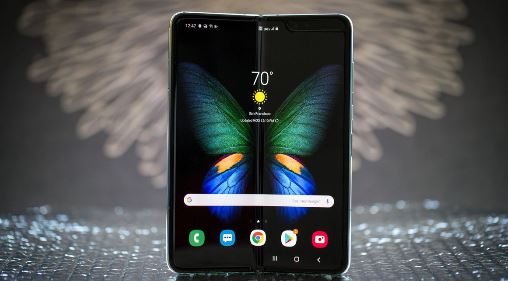
Galaxy Fold (2019): More of a showpiece, the Galaxy fold has always looked like a work in progress rather than a finished product nonetheless it was a leap and a leap that only an experimental company like Samsung could make. The screen on this device was fragile when it was initially launched however Samsung called the devices back, worked on them and gave the world a better product, this is the device which will be remembered as the device which paved our way towards folding phones.
This journey has been a long one and can be summarised in one simple quote, “Day by day nothing changes, but when you look back everything is different.” I hope after reading this, you value your phone a little more, you value the engineering that has taken place to bring it to you. I hope you value The Anywhere Glass, the screen that brings the world in front of your eyes at the touch of a finger a little more.